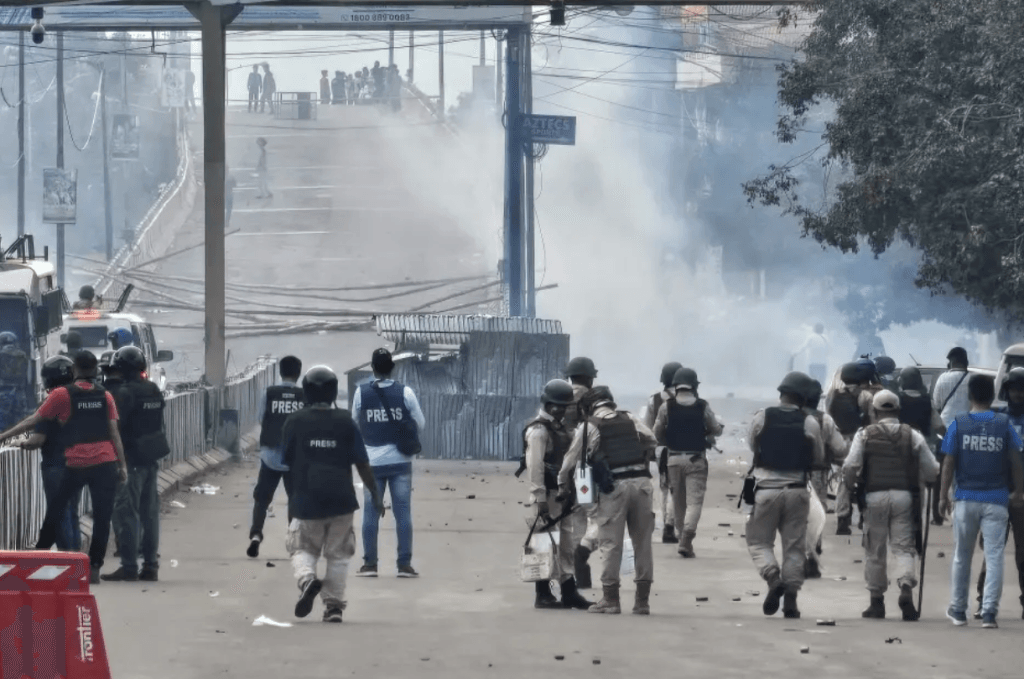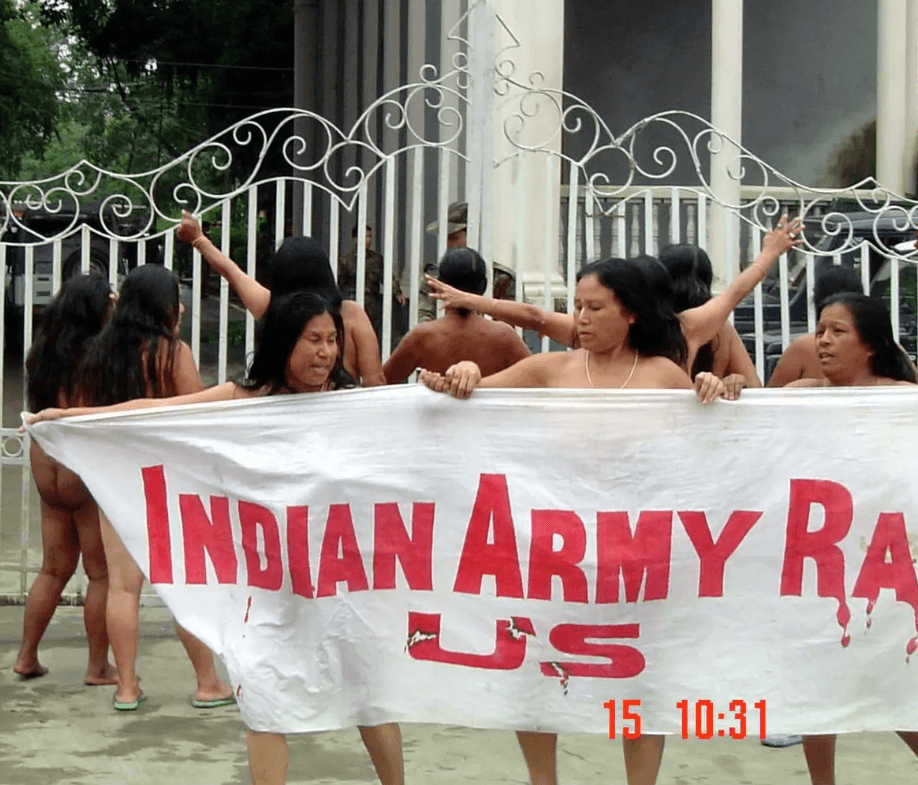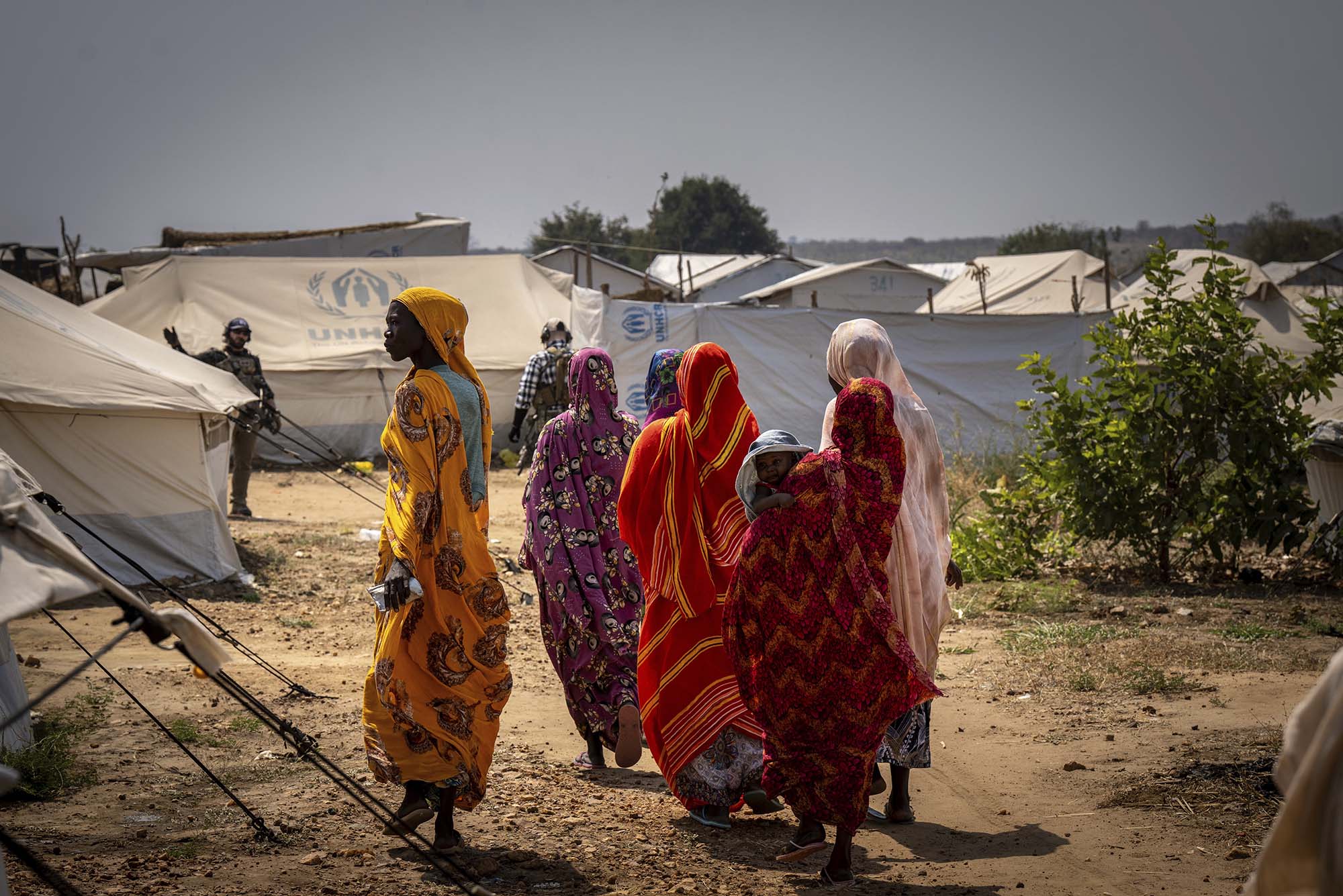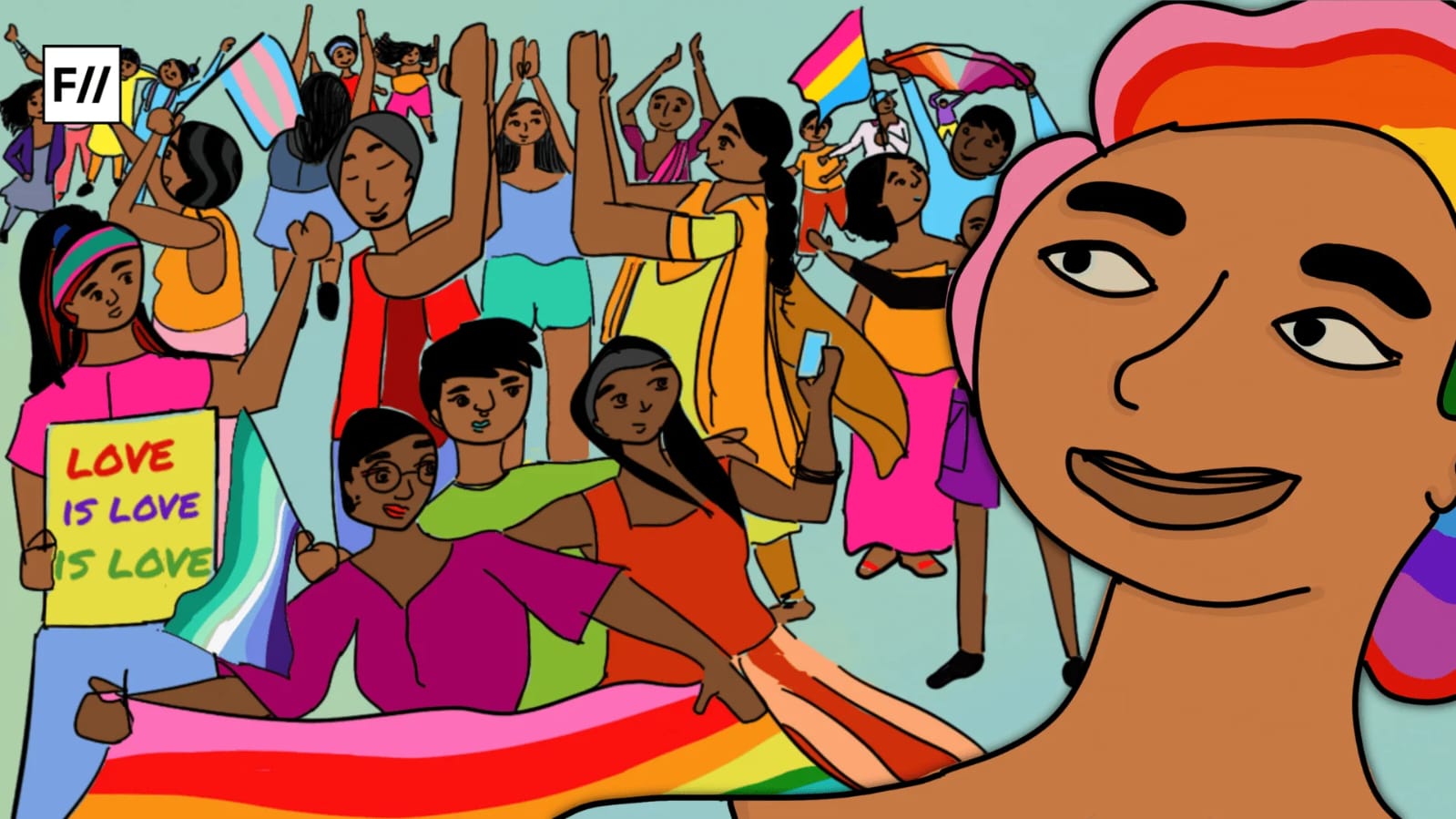For centuries, women’s bodies have been used as a battlefield: sometimes for political gains, sometimes as an act of revenge and retribution, and most of all as an instrument of patriarchal violence. Patriarchal violence is violence entrenched in power dynamics aimed at preserving male supremacy and female subjugation. For centuries, men have endeavoured to maintain and perpetuate these power systems.
When it comes to conflict, which is when countries, nation states or any other region, for that matter, are under constant instability, for instance, due to geographical wars, occupation and colonisation, economic fluctuation, civil wars, etc., women and other marginalised genders face the worst blow.
According to a research paper by B. Speake, “Sexual violence against women has been a part of conflict and war throughout history. However, it is only more recently that it has come to be recognised as a systematic strategy employed by actors during conflict (Copelon, 2002), and only in the last 15-20 has sexual violence come to prominence and gained recognition as an issue warranting attention and action from the international community (IRIN, 2004).”
From Jezebel, who dared to call herself equal to Elijah and was deterred from the position of authority and showered with wrath for that, to the women in Kunan Poshpora, the female body has been a space where men can exhibit their dominance. “Men have exerted their power on the female body in the form of subjugation, repression, oppression, and exploitation. Hence, rape and all forms of sexual assault on women and girls in the context of a war can be considered a patriarchal tool to assert the dominance of the attacking party and demoralise the community under attack,” mentions a research paper by Liton Chakraborty Mithun.
Manipur, an open wound
Manipur, a small state with a population of about 2,424,603, is still burning, and it has been in crisis for more than two years now. Over 200 individuals have been killed to date, hundreds have been displaced, and numerous instances of gender-based violence have been reported from the region.

A conflict exists between two tribes in the region, known as Meities and Kukis. The Meities are the dominant group, while the Kukis are the subordinate group. The underlying discord between the two has emerged from the caste conflict. This firestorm has intensified significantly, as women are now being subjected to rape, abuse, and harassment. Numerous women in Manipur have suffered maltreatment and been paraded naked, with several claiming to have been victims of gang rape.
According to a Sky News report, “The youngest woman was raped in front of…{relatives] and her brother was killed when he tried to protect her.”
The violence that operates through women’s bodies, from mass rapes to torture, trafficking, and forced prostitution, among others, is always used as a tool to claim victories, exhibit power, and sustain systems of patriarchy.
As the United Nations Human Rights Commission mentions, “Conflict can result in higher levels of gender-based violence against women and girls, including arbitrary killings, torture, sexual violence and forced marriage. Women and girls are primarily and increasingly targeted by the use of sexual violence, including as a tactic of war.”
Conflict and violence against women
It must be noted that due to heightened levels of crisis and insecurity, women in states like Chhattisgarh’s Bastar region and Himalayan regions like Kashmir face cases and incidents of gender-based violence. Due to armed conflict in Kashmir, many Kashmiri women have been abused and harassed. Take, for instance, the incident of two small villages in Kashmir, called Kunan and Poshpora, where more than 80 women were gang-raped by the Indian army with impunity.

According to UN Women, “More than 70 per cent of women have experienced gender-based violence in some crisis settings.” And this crisis setting can be a source of conflict within people based on religion and caste as well.
Not only extreme forms of violence, but also women face other forms of violence and human rights abuses in conflict-ridden regions. For instance, many girl children are married at a very young age, many young women face unwanted pregnancies and go through forced and unsafe abortions, and on top of that, mortality rates during abortions become higher; in short, women face the worst atrocities during conflict situations.
Over the years, more countries and regions have witnessed conflict or post-conflict-like situations. Women and girls in these countries, from Syria, Sudan, Yemen, Afghanistan, Somalia, Mali, Palestine, etc., are facing the brunt of the armed violence, occupation and colonisation, be it from Zionists torturing, raping, hitting, grouping, detaining or stripping women in the state of Palestine or armed men raping women in the Democratic Republic of Congo, as mentioned by the UN Special Rapporteur Dr Yakin Ertürk: “Impunity for rape is massive. Due to political interference and corruption, perpetrators, especially those who belong to the state security forces, go unpunished. The limited support made available to the overburdened justice system raises questions as to whether there is the political will to end impunity.”
Regions in South Asia, especially Kashmir, tribal areas in Pakistan, and the northeast region in India, have witnessed intense violence from the armed forces, especially against women and other gender minorities. It is because of this ongoing gender-based violence by armed forces that drove women in Manipur to perform a famous naked protest bearing the slogan “Indian Army Rape Us”. According to a report by the BBC, “Many of the women challenging the security forces in the turbulent valley are believed to be Meira Paibis – ‘women torchbearers’ – also known as Imas or ‘mothers of Manipur’. In 2004, they stunned the world by stripping naked outside a military camp in the capital, Imphal, while waving a banner that read ‘Indian Army Rape Us’, in a startling protest against the alleged gangrape and murder of a 32-year-old local woman by paramilitary soldiers.”
BBC mentions in a report, “The security forces were often accused of rights abuses, but it was the gang-rape and murder of a 32-year-old woman in July 2004, allegedly by paramilitary soldiers, that set the state on the edge.”
In short, in dire situations like these, women lose their autonomy over their minds and bodies, their rights, and their decision-making, which are curbed, curtailed, banned, and made redundant, preventing them from living with dignity and freedom.
About the author(s)
Shahinda is a multimedia journalist with an experience of more than five years. She has an interest in covering politics, gender, conflict, and gender-based violence/crime. In addition, she has experience in reporting, photography and documentary filmmaking. She has done her Masters in Mass Communication from AJK MCRC Jamia Millia Islamia, New Delhi.






